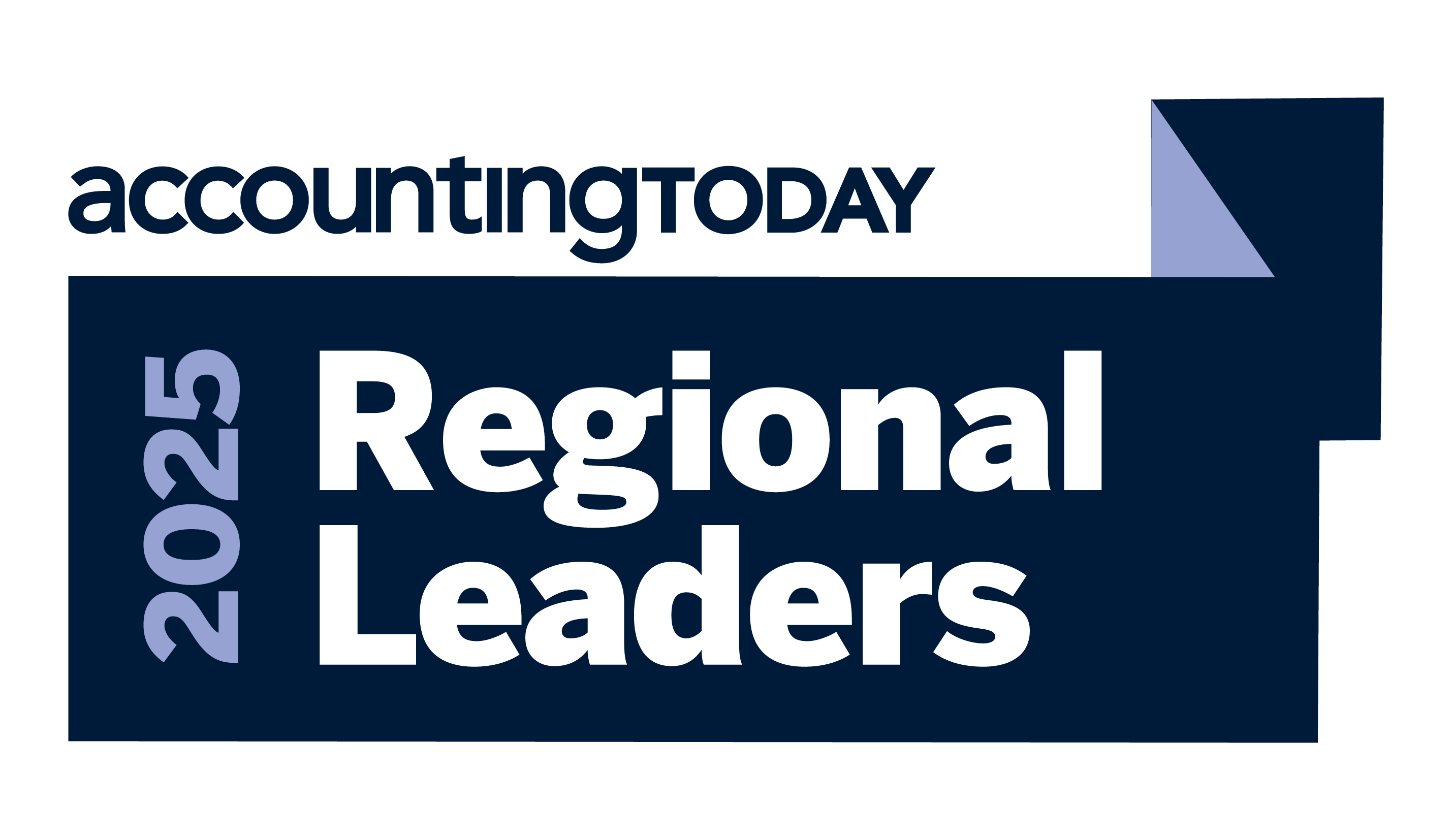Insights
We are proud to be named a West Coast Regional Leader for 2025


How consumer businesses can prepare for higher tariffs
ARTICLE | January 07, 2025
Authored by RSM US LLP
As consumer products companies look to a new Trump administration, higher tariffs are most likely on the way. Businesses that prepare now, even as they wait for the tariffs to take shape, will be better positioned to maximize their margins.
For example, businesses can adjust to smaller tariffs through price increases and cost reductions relatively quickly. But for businesses with product categories where price increases are not possible, firms must start now on longer-term strategies. These strategies could include moving production facilities to new locations or signing agreements with producers where tariffs do not exist or are less costly.
For more on how businesses can navigate a higher-tariff environment, read this article from the RSM US trade advisory team.
Tariff mitigation
There are several ways that consumer products companies can mitigate cost increases caused by tariffs.
Pull forward purchases: Businesses should bolster inventory of goods that they believe may be subject to future tariffs. The front-loading of imports may cause a cash crunch for some businesses. Companies will need to balance the payment terms they offer customers with the need for cash now. Additionally, businesses can increase cash flows by discounting products not expected to be affected by future tariffs. Companies can also borrow additional warehouse space, or temporarily store inventory in countries with more favorable trade agreements.
Plan for potential disruptions in the supply chain: Consumer goods companies should lock in long-term ocean rate contracts to mitigate future rate increases and provide predictability in a volatile market. U.S. imports are already increasing as sellers prepare for potential tariff increases.
Retailers had already increased imports ahead of the port strike in October; 2.29 million 20-foot equivalent units were handled in September, an increase of 12.8% year over year. Now, retailers are continuing to increase imports and shift them to the West Coast to avoid disruptions from another potential strike at East Coast ports in January, according to the National Retail Federation. Some retailers have even switched to air freight to ensure products are available for the holiday season.
Negotiate contracts: Large retailers may negotiate with foreign suppliers to reduce their prices and take on some of the overall cost increases caused by tariffs and freight fees, especially if the alternative is switching to a different supplier. When comparing the cost of sourcing products domestically versus from foreign countries, companies should consider the intangible social and political implications in addition to the raw numbers.
Improve efficiency: In a period of higher financing costs, businesses must increasingly focus on operational efficiency, including maximizing revenue and controlling operating costs. Businesses should use software to ensure accurate qualifying of products for free trade agreements and duty savings programs, resulting in reduced costs while optimizing their supply chain strategy.
Raise prices: Increased costs, such as tariffs and shipping fees, could result in companies needing to raise their prices. If customers do not accept higher prices, increased costs may result in reduced profit margins and lower stock prices. Consumer products companies that sell a diverse mix of products should consider spreading price increases across other products where they do not have the same level of competition, rather than risk losing market share by raising prices only on the products that experiences direct cost increases.
History as a guide
The trade policies from the first Trump administration offer some lessons for businesses as they prepare for a second administration.
In 2019, the administration originally announced tariffs on Mexico of 5% to 25%. But in July 2020, the United States-Mexico-Canada Agreement (USMCA) was implemented, allowing most goods to move between the countries tariff-free.
In July 2018, after the U.S. announced a 25% tariff on $50 billion worth of Chinese goods, China retaliated with similar tariffs on U.S. exports of agricultural products such as soybeans and pork. Amid growing tensions, in January 2020, China promised to buy $200 billion worth of American goods to close the trade imbalance, under the Phase One deal. But the onset of the pandemic caused Chinese exports to soar, and actual purchases fell short of their target, according to the Peterson Institute for International Economics.
Freight costs
In predicting how increased tariffs will affect consumer prices, companies can look at the effects of increases in freight costs, a component of overall transport costs.
Between December 2023 and July 2024, container rates between Asia and North America surged, resulting in an overall 1% to 2.5% cost increase for imports. During this same period, the consumer price index for these products showed no evidence of rising faster than other goods, according to Bloomberg.
One reason for a lack of increase in prices could be that many major retailers use contract rates to protect them from freight shocks. But not all commitments are upheld, partially because of service agreements that have no penalties, according to Freight Right.
Consumer products companies should compare the rates they are paying against other shippers and across trade lanes to identify the most cost-effective and operationally efficient routes.
The takeaway
Unless the higher costs created by tariffs can be passed on to customers, consumer products companies will need to mitigate these changes or see their margins decrease.
Among many factors, the cooling of price increases over the past 12 months, despite increased costs, suggests consumer products companies may not have the power to raise prices to the same degree as they have in the past. Companies should act now to adjust their supply chain strategy for the likelihood of higher tariffs over the next few years.
Let’s Talk!
You can call us at +1 213.873.1700, email us at solutions@vasquezcpa.com or fill out the form below and we’ll contact you to discuss your specific situation.
Required fields are marked with an asterisk (*)
This article was written by Peter Ramer and originally appeared on 2025-01-07. Reprinted with permission from RSM US LLP.
© 2024 RSM US LLP. All rights reserved. https://rsmus.com/insights/industries/consumer-goods/how-consumer-businesses-can-prepare-for-higher-tariffs.html
RSM US LLP is a limited liability partnership and the U.S. member firm of RSM International, a global network of independent assurance, tax and consulting firms. The member firms of RSM International collaborate to provide services to global clients, but are separate and distinct legal entities that cannot obligate each other. Each member firm is responsible only for its own acts and omissions, and not those of any other party. Visit rsmus.com/about for more information regarding RSM US LLP and RSM International.

Vasquez + Company LLP has over 50 years of experience in performing audit, tax, accounting, and consulting services for all types of nonprofit organizations, governmental entities, and private companies. We are the largest minority-controlled accounting firm in the United States and the only one to have global operations and certified as MBE with the Supplier Clearinghouse for the Utility Supplier Diversity Program of the California Public Utilities Commission.
For more information on how Vasquez can assist you, please email solutions@vasquezcpa.com or call +1.213.873.1700.
Subscribe to receive important updates from our Insights and Resources.